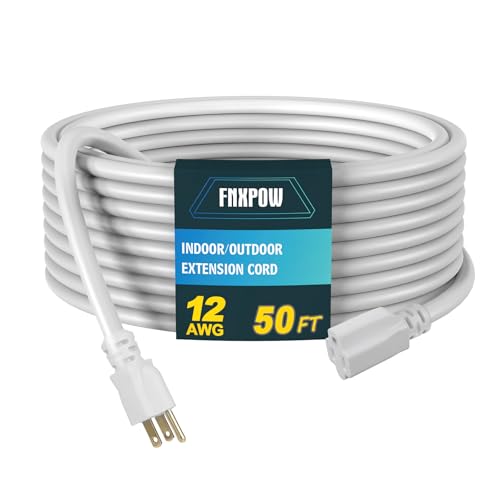



While many options exist, I’d recommend considering the Sun Joe SPX3000. This powerful unit provides 2030 PSI at an impressive flow rate of 1.76 GPM, making it suitable for various tasks, from washing cars to cleaning patios. Its dual detergent tanks allow for quick switching between cleaning solutions, enhancing versatility and efficiency.
Another remarkable option is the Greenworks GPW1501, boasting 1500 PSI and a lightweight design at just 35 pounds. Its compact nature makes it easy to manoeuvre, while the integrated spray tips cater to different cleaning requirements. This model is perfect for homeowners seeking effective cleaning without a hefty price tag.
Additionally, consider the AR Blue Clean AR383. With 1900 PSI and a 1.5 GPM flow rate, it strikes a nice balance between power and affordability. This cleaner features a patented technology that reduces vibrations, offering a comfortable user experience. Its durable construction ensures longevity, making it a smart investment for those looking to maintain their property with minimal hassle.
In my experience, these models stand out as excellent choices for anyone on the lookout for reliable machines that won’t break the bank. Each brings unique features and power, making them suitable for various cleaning scenarios. Investing in a quality device can save time and effort, allowing for a pristine environment with ease.
Top Features to Look for in Budget Pressure Cleaners
When selecting an economical cleaning machine, focus on the following features to ensure quality and functionality:
| Feature | Description |
|---|---|
| Power Output | Look for models with at least 1300-2000 PSI to handle most tasks effectively. |
| Flow Rate | A minimum of 1.2 GPM helps in cleaning surfaces quickly without excessive effort. |
| Nozzle Selection | Choose units with adjustable or interchangeable nozzles for versatile applications. |
| Weight | Opt for lightweight options for easier manoeuvrability and reduced fatigue during use. |
| Motor Type | Induction motors are quieter and more durable than universal motors, providing longer life. |
| Detergent Tank | A built-in detergent tank allows for easy application of cleaning solutions without separate containers. |
| Hose Length | Look for a 20-foot hose or longer to extend your reach and reduce the need for repositioning. |
| Warranty | Reliable products often come with at least a one-year warranty to cover potential defects. |
| Accessories | Ensure compatibility with various tools and attachments for enhanced functionality. |
Selecting a model with these features will enhance your cleaning efficiency while staying within your financial limits.
Comparing PSI and GPM: What You Need for Home Use
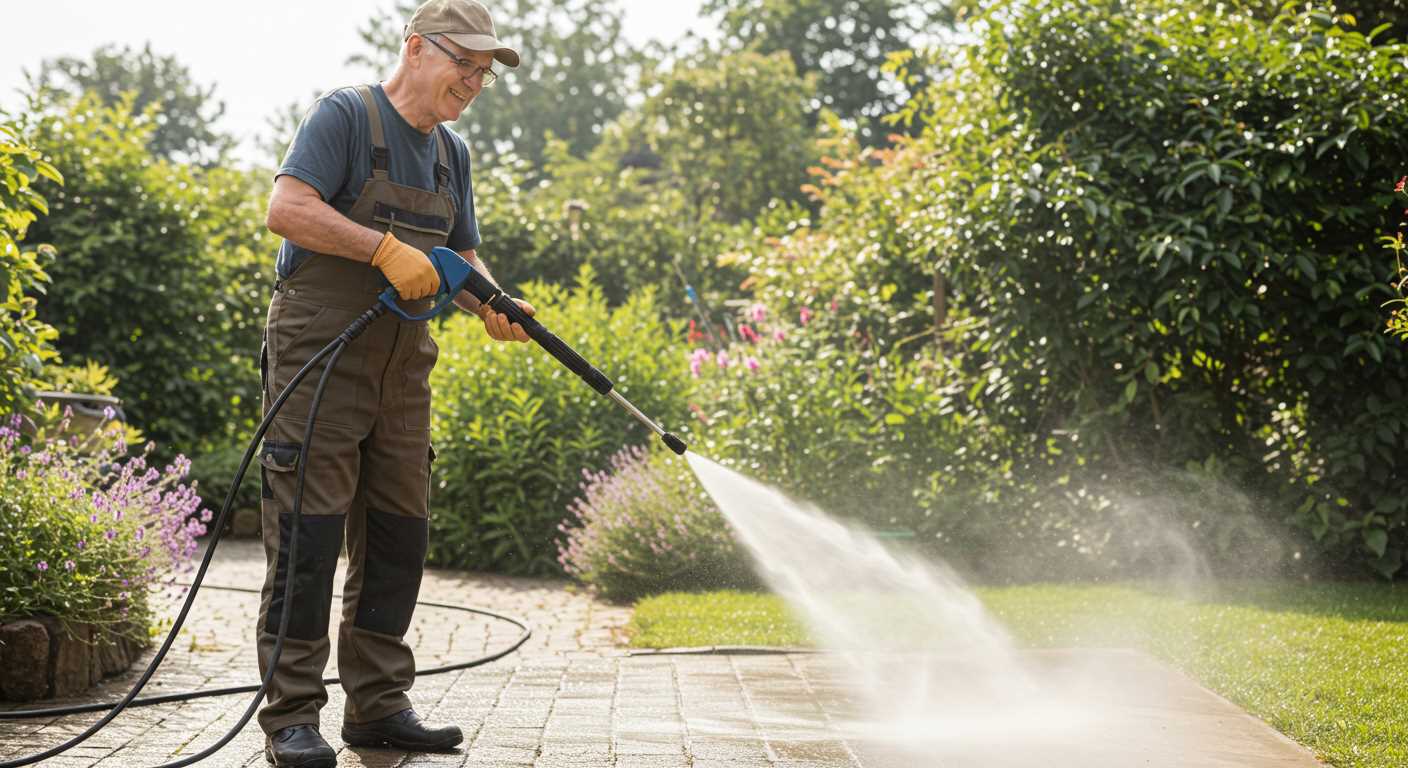
For household tasks, a unit with around 1,500 to 2,300 PSI (pounds per square inch) paired with a GPM (gallons per minute) rating of 1.2 to 2.5 is often sufficient. This combination effectively tackles dirt and grime on surfaces like decks, patios, and vehicles without causing damage. A higher PSI indicates more power, useful for tougher jobs, while GPM reflects water flow, crucial for rinsing off dirt quickly.
Generally, a balance between these two parameters is ideal. A unit with excessive PSI but low GPM might not be as efficient, as it won’t rinse away residue effectively. Conversely, high GPM but low PSI may result in water being applied without adequate force to dislodge heavy grime. For most home applications, I recommend aiming for about 2,000 PSI and 2.0 GPM, ensuring versatility for various cleaning tasks.
It’s also crucial to match these specifications to your needs. A standard driveway or patio can usually handle higher pressures, while more delicate surfaces, such as car paint or wooden furniture, may require lower settings. Always refer to manufacturer’s guidelines for safe operation on specific materials.
In my experience, many models offer adjustable nozzles to modify pressure outputs, enhancing control for different surfaces. When making a selection, consider the versatility of adjusting settings as it offers greater flexibility for various cleaning requirements. Aim for units that combine an appropriate PSI and GPM for your intended tasks to maximise efficiency and effectiveness.
Assessing Build Quality and Durability on a Budget
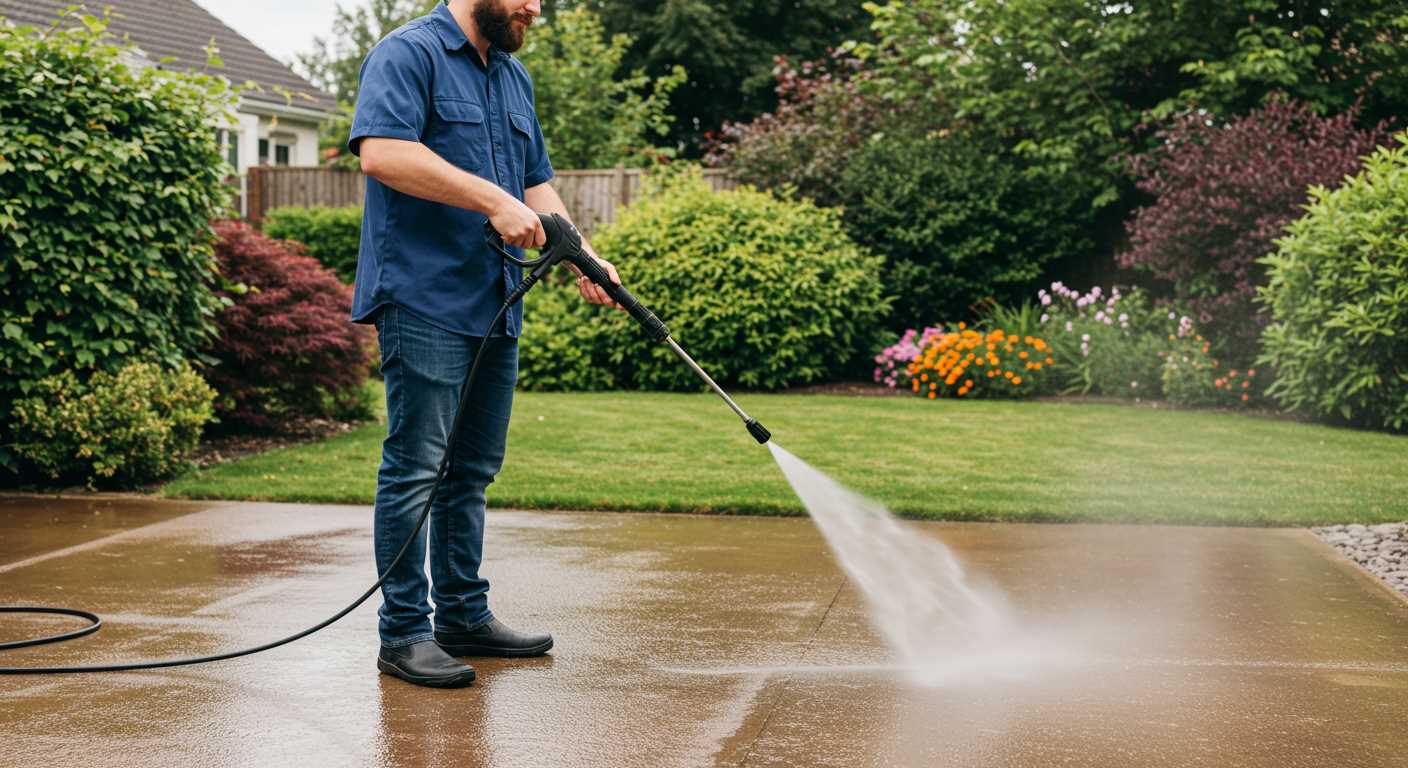
To ensure longevity and reliability in a cost-effective cleaner, closely examine the materials used in construction. Look for models that feature a metal frame instead of plastic, as this enhances stability and reduces the risk of breakage. Stainless steel or brass fittings outperform plastic counterparts in terms of durability and resistance to corrosion.
Key Indicators of Quality

Check the specifications for hose thickness. A thicker hose typically withstands higher pressures and is less prone to kinks or leaks. Additionally, models with a replaceable hose provide an option to easily replace worn parts without discarding the entire unit.
Wheels also play a significant role. Select machines with robust, large-diameter wheels designed for stability over various terrains. This makes manoeuvring on different surfaces seamless, ensuring the unit remains steady while in use.
Customer Feedback and Reviews
Analyse user reviews and ratings to gauge the real-world performance of different models. Feedback from consumers often highlights potential weaknesses that may not be obvious in the product specifications. Pay attention to repeated mentions of issues like rust, weak components, or quick wear, as these can signal problems.
In my experience, reputable brands often provide better warranties, which can be an indicator of their confidence in their products. A solid warranty reflects the manufacturer’s commitment to product quality, allowing you to make a more informed purchase decision.
By prioritising these facets, you can confidently select a cleaner that offers both performance and durability, maximising your investment while tackling a variety of cleaning tasks.
Important Attachments and Accessories for Cost-Effective Cleaning
Investing in the right attachments can dramatically enhance your machine’s performance without breaking the bank. Here are key accessories I recommend:
- Surface Cleaner: This attachment is ideal for flat surfaces like patios and driveways. It ensures even cleaning by covering a wider area, reducing the time spent on each task.
- Turbo Nozzle: A rotating nozzle that increases cleaning efficiency. It combines the power of a pinpoint spray with a wider cleaning path, perfect for tough grime on concrete or brick.
- Soap Dispenser: Having this accessory simplifies the application of detergent. Many models come with built-in tanks, but a separate unit can be more versatile for different cleaning agents.
- Extension Wand: Ideal for reaching high areas, this tool prevents the need for ladders. Ensure it is compatible with your machine for optimal performance.
- Brush Attachments: Excellent for vehicles or delicate surfaces. They allow for thorough cleaning without causing scratches, saving you from potential repainting costs.
- Replacement Filters: Regular maintenance includes cleaning or changing filters. Proper filtration prolongs the life of the equipment and ensures consistent power delivery.
Choosing quality accessories tailored to specific tasks enhances cleaning efficiency, ensuring you get value without overspending.
User Reviews: Real Experiences with Affordable Machines
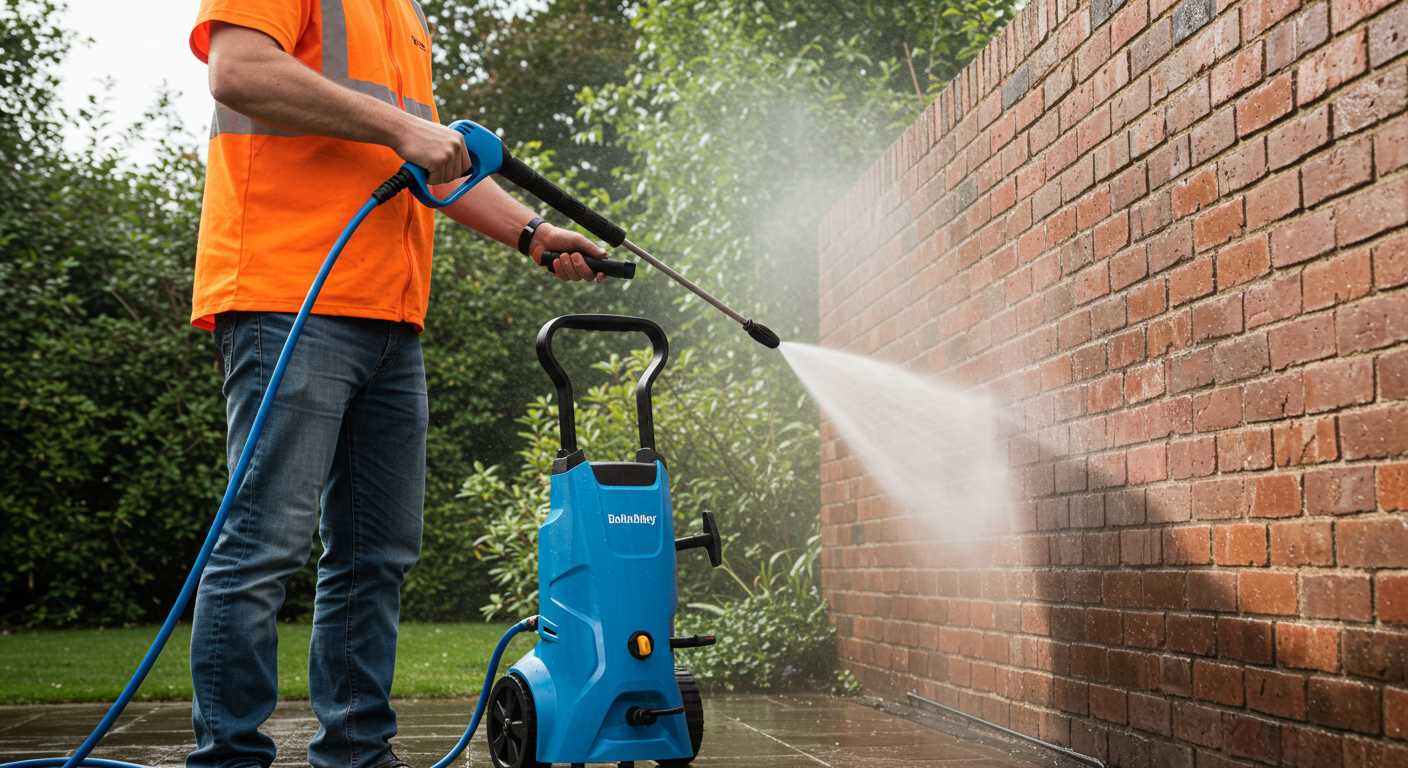
Feedback from users confirms that the Sun Joe SPX3000 is a favourite among those seeking value without sacrificing performance. One user commented on its ability to tackle tough stains on their driveway with minimal effort. The lightweight design and effective mobility drew praise, making it an easy choice for casual weekend cleaning.
Another popular option is the Greenworks GPW1501. Owners appreciated how it effortlessly cleans outdoor furniture and cars. Its compact size allows for convenient storage, which appealed particularly to urban dwellers with limited space. Customers noted the remarkable distance the spray could reach, thanks to its 1500 PSI output.
Reviews for the Ryobi RY141612 also stand out, especially from those who frequently tackle home maintenance tasks. Users highlighted the inclusion of a 3-in-1 nozzle, which provides versatility in cleaning various surfaces like wood, concrete, and tile. Many expressed their satisfaction with its sturdiness and reliability over multiple uses.
On the other hand, the PowerSmart PS1510 is often mentioned for its affordability. Customers enjoyed the simple setup and operation, making it perfect for first-time users. Feedback highlights that even on lower settings, it delivers satisfactory results for garden furniture and patio decks.
Feedback isn’t uniform, however. Some users reported that while certain units performed well initially, they experienced issues with longevity. A common theme across reviews for multiple brands is the importance of regular maintenance to optimise performance over time. Encouragingly, most found that by following the care instructions provided, they could extend the life of their units significantly.
In conclusion, testimonies illustrate that making an informed choice can lead to satisfying outcomes with cleaning tools. Choices like the Sun Joe or Greenworks resonate with those valuing both effectiveness and portability, encouraging many to engage more actively in home upkeep.
Maintenance Tips to Extend the Life of Your Budget Pressure Washer

Regularly check and clean the water inlet filter. A clogged filter can reduce flow and pump effectiveness. Simply remove the filter, rinse it under running water, and replace it to ensure optimal performance.
Always use the right detergent, ideally specifically formulated for your equipment. Using improper cleaning solutions can damage internal components and void warranties. Follow the manufacturer’s guidelines for dilution ratios and types of cleaners acceptable.
Winter Care
Before storing, run the unit with a pump protector. This prevents water from freezing inside the pump, which can cause irreversible damage. After adding the protector, allow the machine to run for a few minutes to ensure it’s distributed throughout.
Regular Inspection
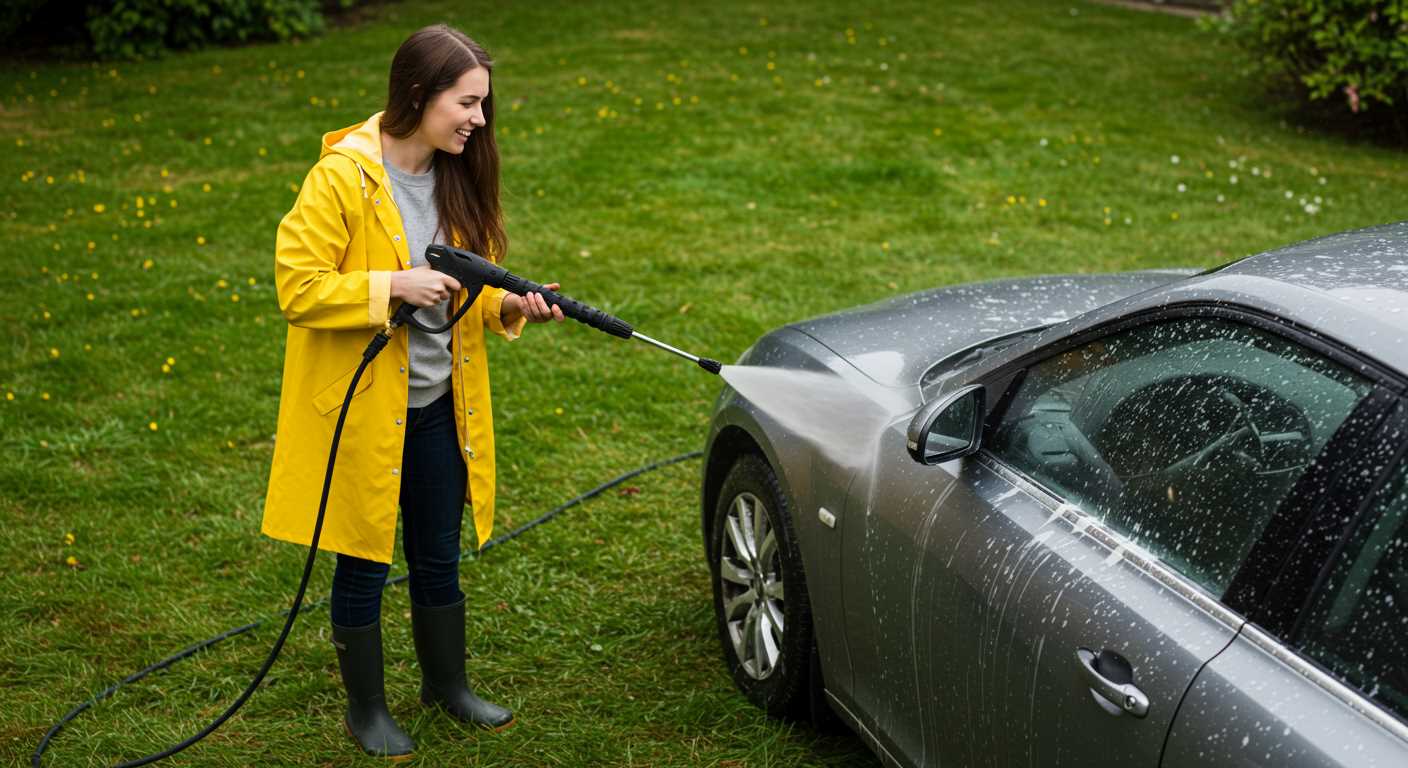
Frequently inspect hoses and connections for wear. Look for cracks or abrasions that can lead to leaks and decrease performance. Replace any damaged parts promptly to maintain pressure and safety.
Clean the spray nozzle regularly to avoid blockages. A clogged nozzle can create uneven spray patterns and reduce cleaning efficiency. Simply use a pin or a small brush to clear any debris.
Finally, store your equipment in a dry and sheltered location. Protecting it from harsh weather conditions will help prevent rust and corrosion, thus extending the unit’s lifespan significantly.





